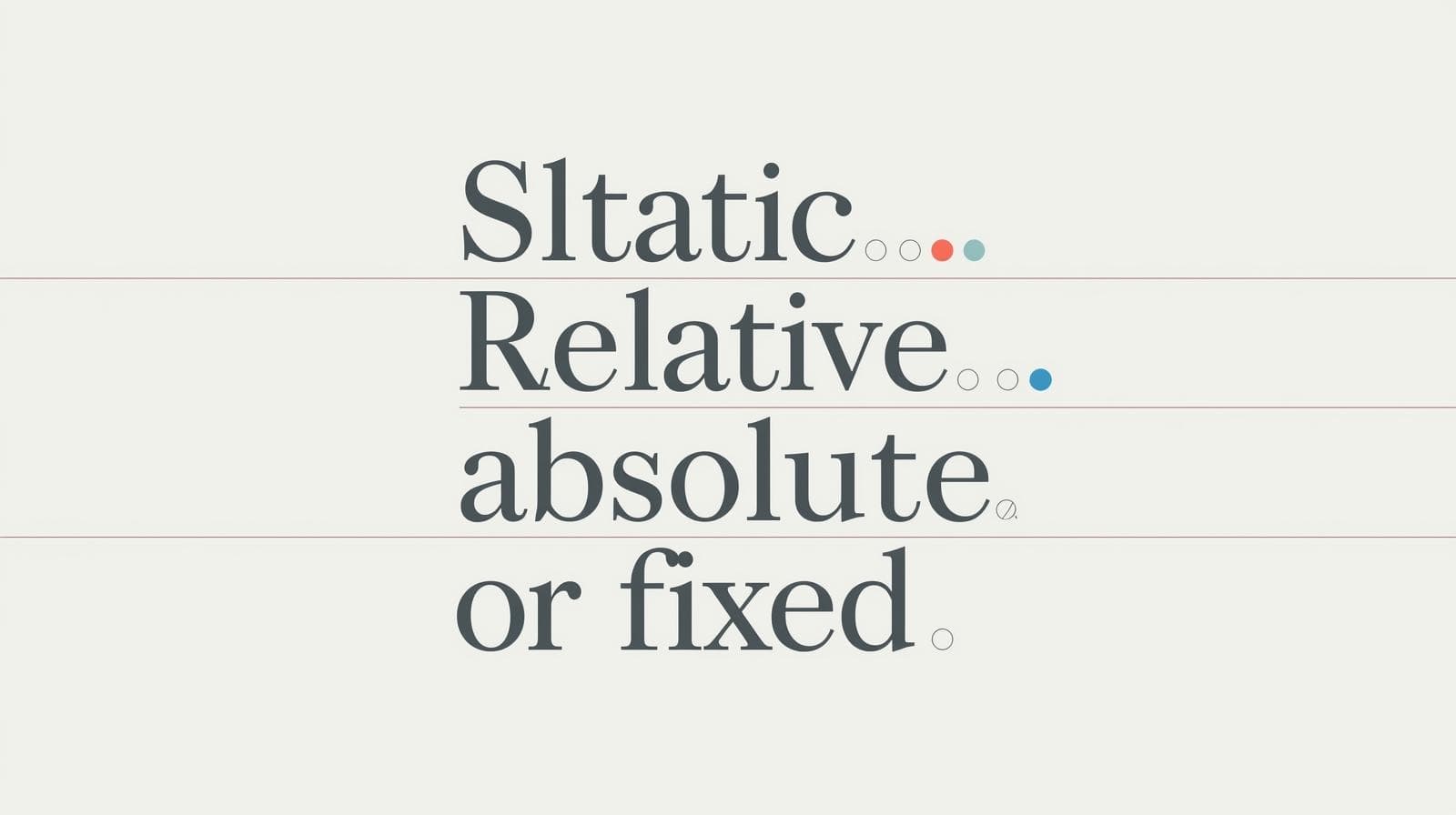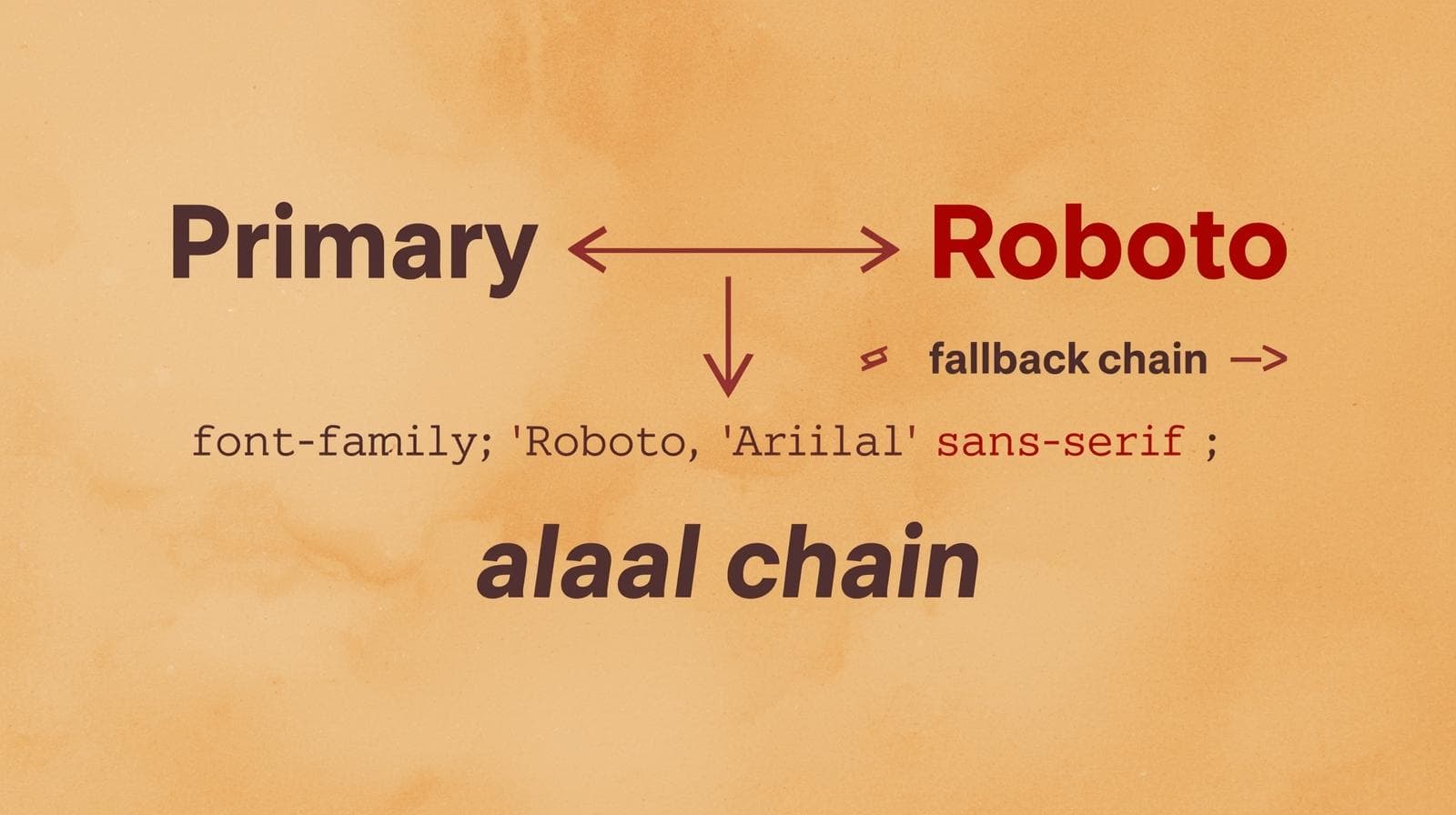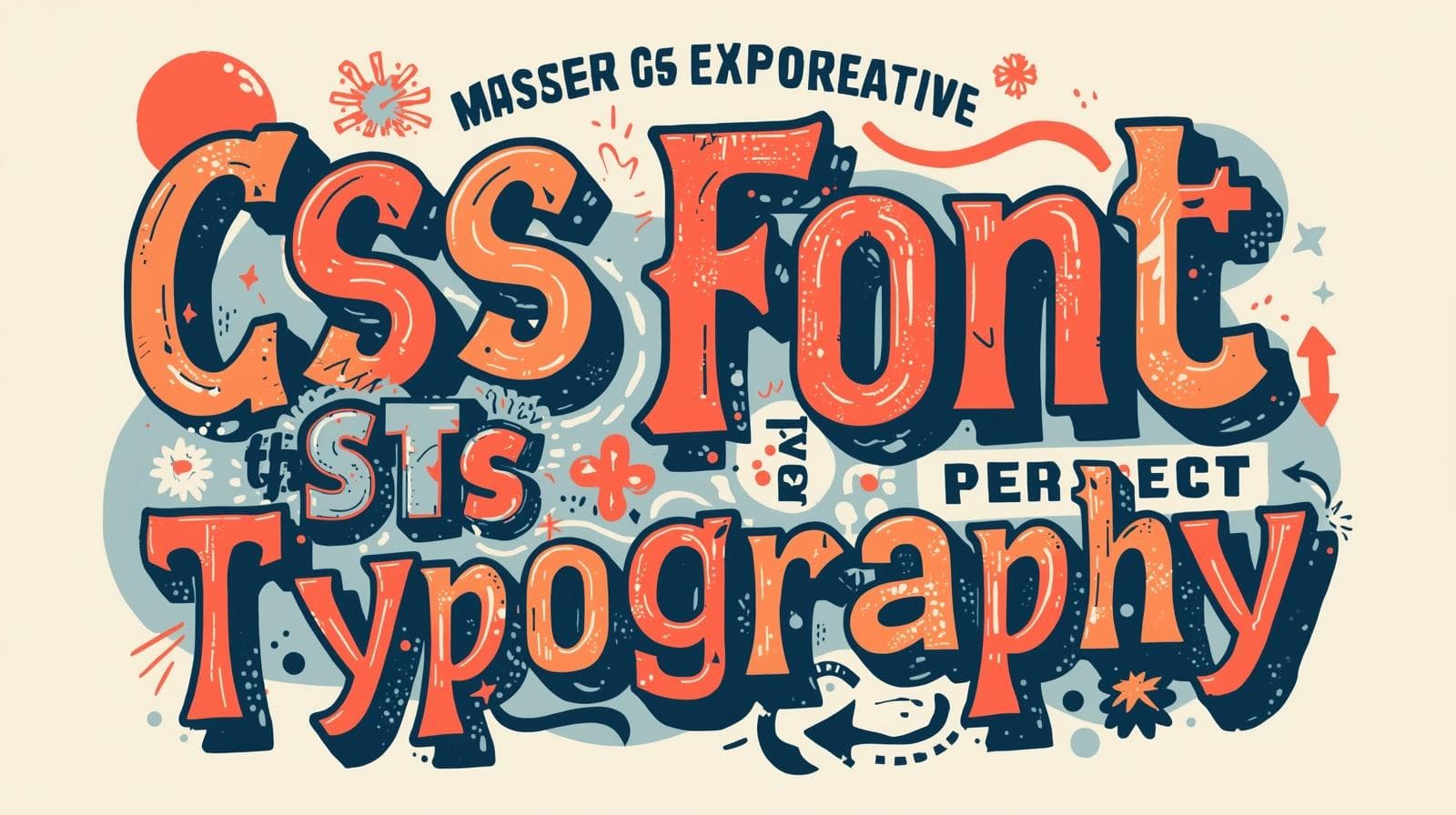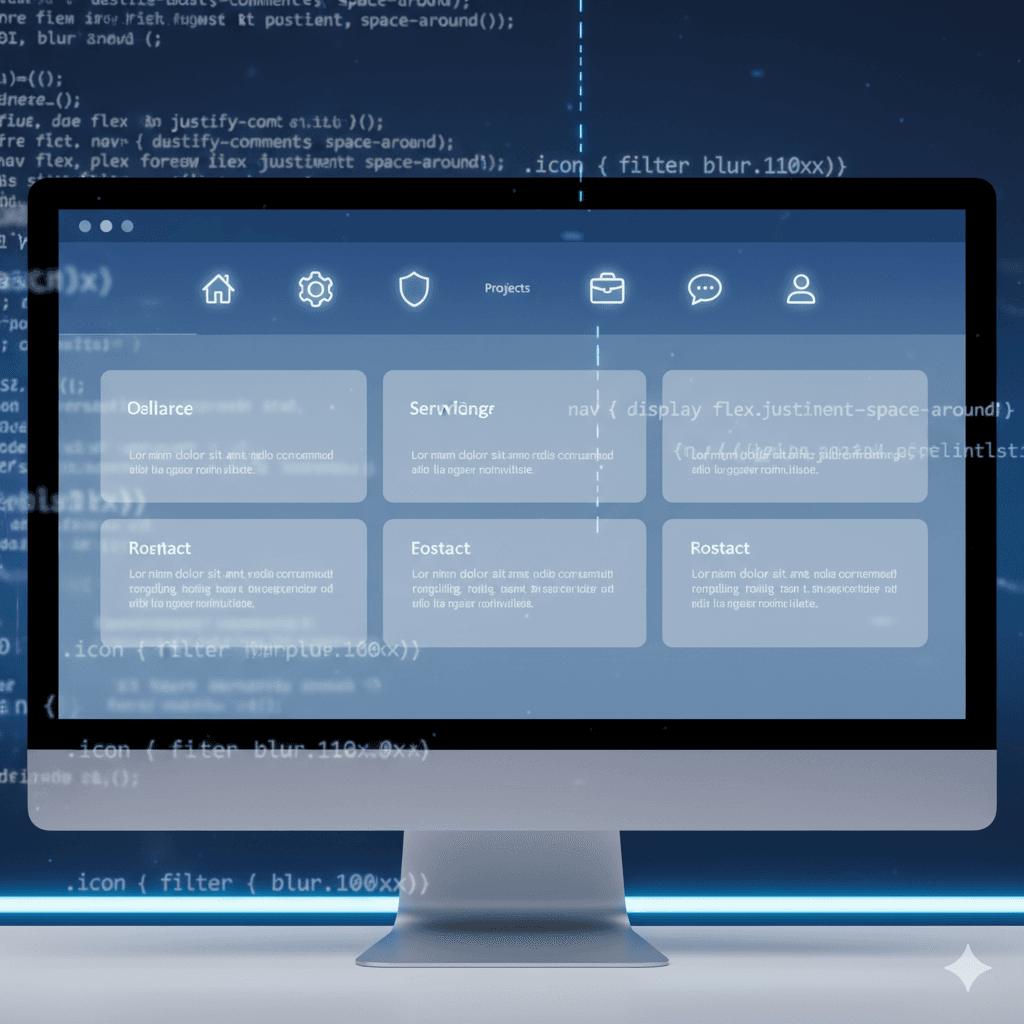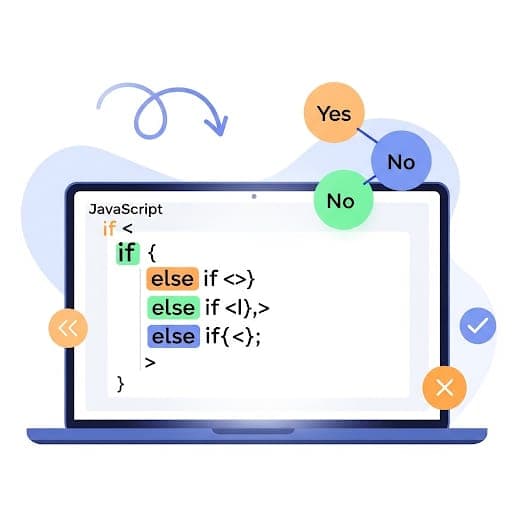CSS Icons: How to Use & Master Icons with Pure CSS
Stop relying on image files! Our in-depth guide shows you how to create lightweight, customizable, and scalable CSS Icons. Learn methods, best practices, and code examples.
CSS Icons: How to Use & Master Icons with Pure CSS
Stop Downloading Icons! Here’s Your Ultimate Guide to CSS Icons
Let's be real. Icons are the unsung heroes of the web. They guide us, they warn us, they make things look a thousand times more professional. But for years, using them was a hassle. Find the perfect PNG, hope it's the right size, deal with blurry pixels on retina displays, and don't even get me started on the HTTP requests for a bunch of tiny files.
What if I told you there's a better way? A way where your icons are lightning-fast, infinitely scalable, and fully customizable with just a few lines of code? Welcome to the world of CSS Icons.
In this deep dive, we're not just skimming the surface. We're going to break down exactly what CSS Icons are, how to build them from scratch, when to use them, and why they might just be your new favorite web dev trick.
So, What Exactly Are CSS Icons?
In simple terms, CSS Icons are icons created using only Cascading Style Sheets (CSS). Instead of loading an image file (like .png or .svg), you use HTML elements (usually a humble <div> or <span>) and style them with CSS properties like border, box-shadow, transform, and pseudo-elements (::before and ::after) to shape them into recognizable symbols.
Think of it like digital sculpting. You start with a blank block (the HTML element) and you use CSS to carve it into a magnifying glass, a heart, or a hamburger menu.
Why Bother? The Killer Advantages
Performance is King: No external files mean zero HTTP requests. This is a huge win for page load speed, especially on slower connections. A few bytes of CSS are far lighter than even the most optimized SVG.
Infinite Scalability: Since they're made with code, CSS icons are resolution-independent. They will look crisp and sharp on any screen, from a tiny smartwatch to a massive 4K monitor. No more
@2xor@3ximage sets!Total Creative Control: Want to change the color on a hover state? Easy:
color: red;. Need an animation? A simple CSS transition can make it pulse, spin, or morph. You have complete control over every visual aspect without needing to open a design tool.Easy Theming: If you have a light and dark mode for your site, theming CSS icons is a breeze. Just change the CSS custom properties (variables), and your entire icon set updates instantly.
Let's Get Our Hands Dirty: Building Common CSS Icons
Enough theory. Let's code. We'll create three common icons to show you the magic.
1. The Classic Hamburger Menu Icon
The three-line menu icon is a staple of modern web design. Here's how it's made.
HTML:
html
<div class="hamburger"></div>CSS:
css
.hamburger {
width: 30px;
height: 22px; /* Slightly less than width */
position: relative;
cursor: pointer;
}
/* Create the middle line */
.hamburger::before {
content: '';
position: absolute;
top: 0;
left: 0;
width: 100%;
height: 3px;
background-color: #333;
border-radius: 2px;
box-shadow:
0 9px 0 #333, /* This creates the bottom line */
0 18px 0 #333; /* This creates the top line */
}The Magic: We use a single box-shadow with two offsets on the ::before pseudo-element to create all three lines without adding any extra HTML. Clean and efficient!
2. The "X" (Close) Icon
This one is a classic, and it demonstrates the power of the transform property.
HTML:
html
<div class="close-icon"></div>CSS:
css
.close-icon {
width: 30px;
height: 30px;
position: relative;
cursor: pointer;
}
.close-icon::before,
.close-icon::after {
content: '';
position: absolute;
top: 50%;
left: 0;
width: 100%;
height: 3px;
background-color: #333;
border-radius: 2px;
}
.close-icon::before {
transform: translateY(-50%) rotate(45deg);
}
.close-icon::after {
transform: translateY(-50%) rotate(-45deg);
}The Magic: We create two rectangles using ::before and ::after. Then, we rotate one 45 degrees and the other -45 degrees, crossing them in the middle to form the "X".
3. A Simple Heart Icon
This one is a bit more advanced and shows how border-radius and transform can create organic shapes.
HTML:
html
<div class="heart"></div>CSS:
css
.heart {
width: 50px;
height: 50px;
position: relative;
cursor: pointer;
transform: rotate(-45deg); /* Rotate the entire shape */
}
.heart::before,
.heart::after {
content: '';
position: absolute;
width: 100%;
height: 100%;
background-color: #e74c3c; /* Red color */
border-radius: 50%; /* Make them circles */
}
.heart::before {
top: -50%; /* Position one circle to the top */
left: 0;
}
.heart::after {
left: 50%; /* Position the other circle to the right */
top: 0;
}The Magic: The heart is made from a square and two circles. The square is rotated -45 degrees to form the point of the heart. The two pseudo-elements are styled as circles and positioned at the top and right of the square, forming the heart's lobes.
Real-World Use Cases: Where Do CSS Icons Shine?
You might be thinking, "This is cool, but should I redraw the entire Feather or Font Awesome library in CSS?" Probably not. CSS icons are perfect for specific scenarios:
UI Controls: Hamburger menus, close buttons, play/pause toggles, plus/minus signs. These are simple, geometric, and used everywhere.
Loading Spinners & Animated Feedback: Creating a spinning circle or a pulsating dot is trivial with CSS animations and is far more performant than a GIF.
Custom Brand Elements: Need a unique shape that's part of your brand? Coding it in CSS ensures it's perfectly on-brand and scalable.
Minimalist Websites: For portfolios, landing pages, or any site where performance and minimalism are key, a handful of CSS icons can reduce dependencies significantly.
Best Practices & Things to Keep in Mind
Accessibility is NON-NEGOTIABLE. An icon is just a pretty shape to a screen reader. Always use appropriate ARIA attributes.
html
<button class="hamburger" aria-label="Open Navigation Menu"></button> <div class="close-icon" aria-label="Close Modal" role="button" tabindex="0"></div>Know When to Fold 'Em. Complex icons (like a detailed social media logo) are almost always better as SVGs. CSS is for simplicity and geometry.
Use Semantic HTML. If your icon is a button, use a
<button>tag. If it's decorative, use a<span>and hide it from screen readers witharia-hidden="true".Embrace CSS Variables. Make your icons theming-friendly by using variables for colors and sizes.
css
:root { --icon-color: #2c3e50; --icon-size: 24px; } .hamburger { width: var(--icon-size); background-color: var(--icon-color); }
FAQs About CSS Icons
Q: Are CSS Icons better than SVG Icons?
A: It's not about "better," it's about the right tool for the job. SVG is fantastic for complex, multi-colored, and detailed icons. CSS icons are superior for simple, single-color, highly animated, or performance-critical UI elements.
Q: Is this method supported in all browsers?
A: The core concepts (pseudo-elements, transforms) are very well-supported in all modern browsers. Always test on your target browsers, but you're generally safe.
Q: This seems like a lot of work. Should I use a library?
A: There are libraries like css.gg that offer a pack of pure CSS icons. They can be a great starting point! But knowing how to build your own gives you ultimate flexibility.
Q: How can I animate these icons?
A: This is where the fun begins! You can use transition for simple hover effects (like changing color) and @keyframes for complex animations (like making the hamburger morph into a close icon).
Level Up Your Skills with Professional Guidance
Mastering techniques like creating CSS Icons is what separates hobbyists from professional developers. Understanding the core principles of CSS is fundamental to building fast, beautiful, and accessible websites.
If you're looking to build a rock-solid foundation in modern web development, To learn professional software development courses such as Python Programming, Full Stack Development, and MERN Stack, visit and enroll today at codercrafter.in. Our project-based curriculum is designed to take you from basics to industry-ready, teaching you not just how to code, but why certain techniques are used, just like we explored with CSS Icons today.
Conclusion: Time to Experiment!
CSS Icons are a powerful tool in your front-end arsenal. They might not replace your entire icon workflow, but they offer a performance-friendly, incredibly flexible way to handle the fundamental UI elements of your site.
So next time you need a simple button, a toggle, or a loader, resist the urge to download a file. Open your code editor and try to sculpt it yourself with CSS. It’s a fantastic way to deepen your understanding of the language and build faster, more elegant websites.

